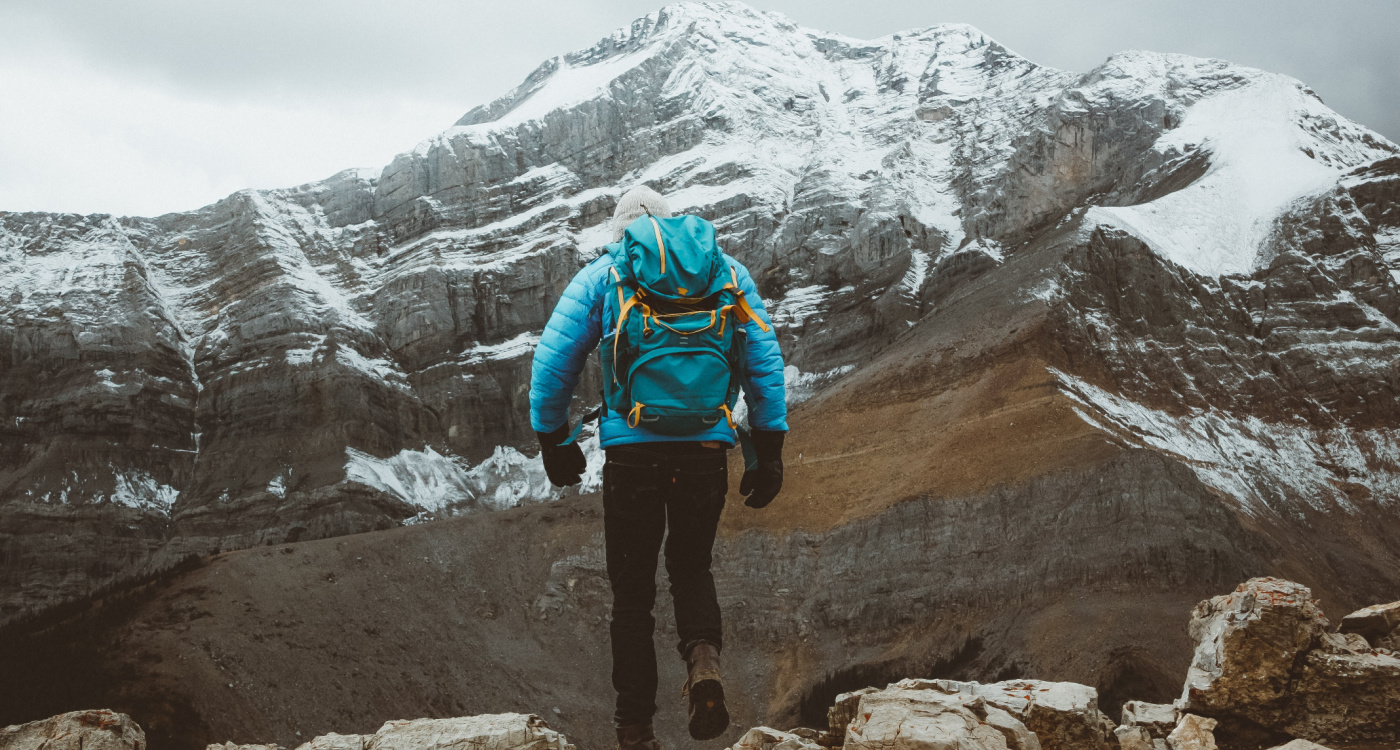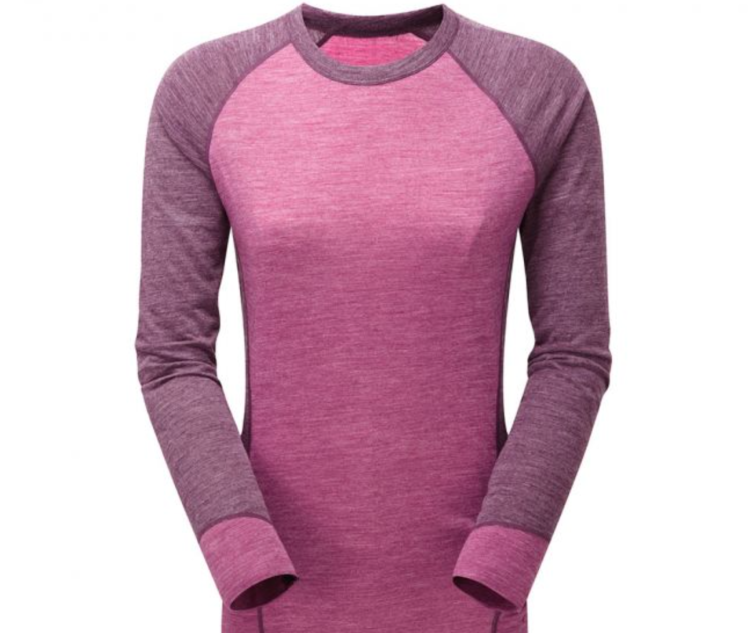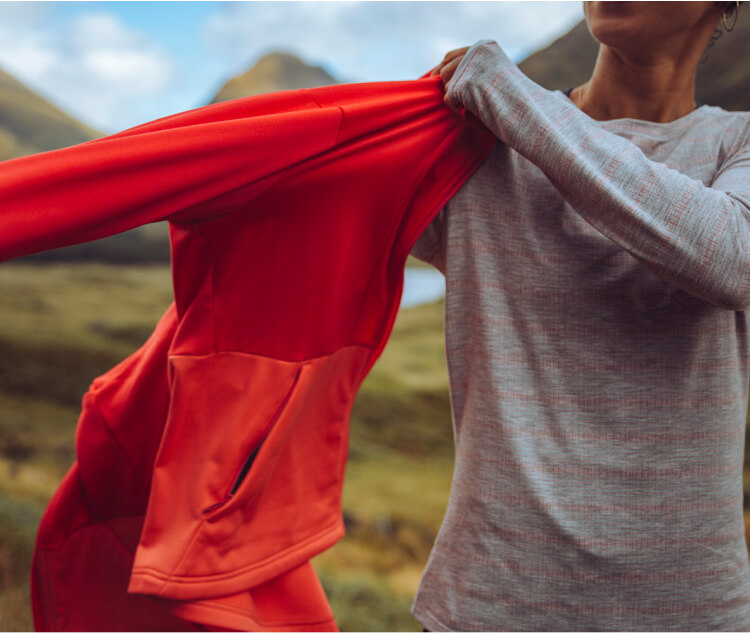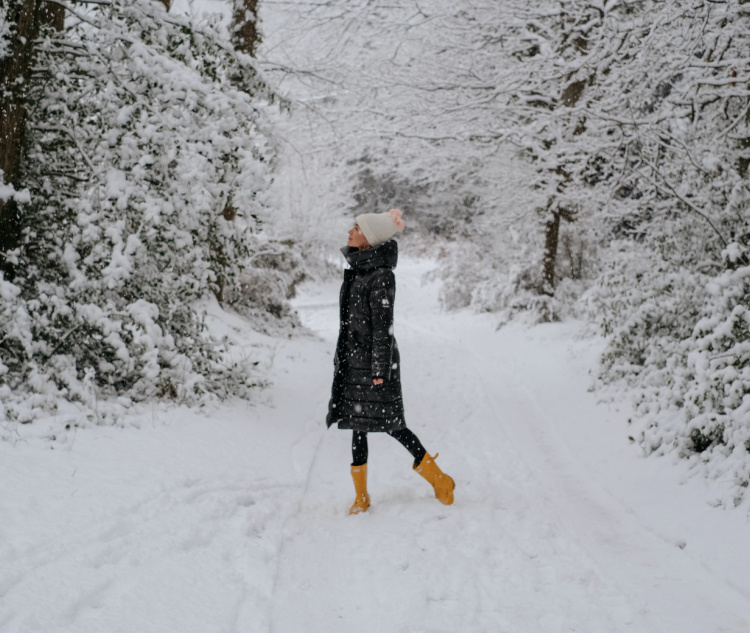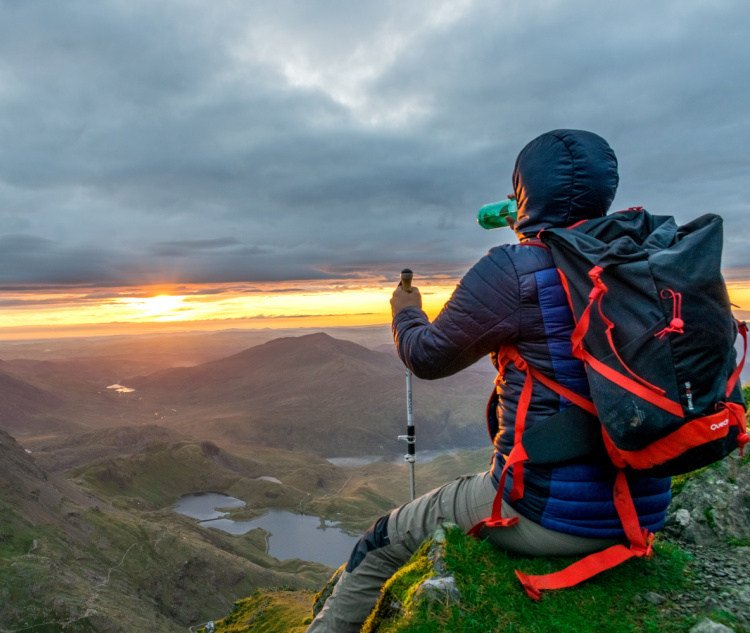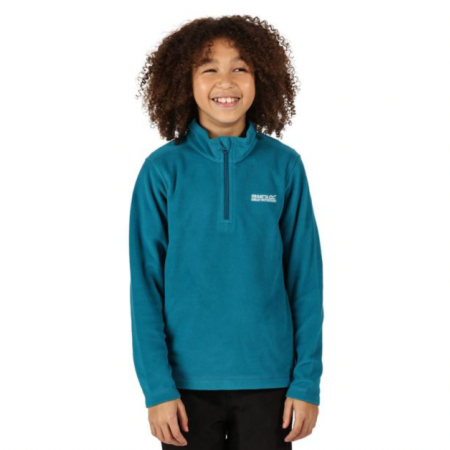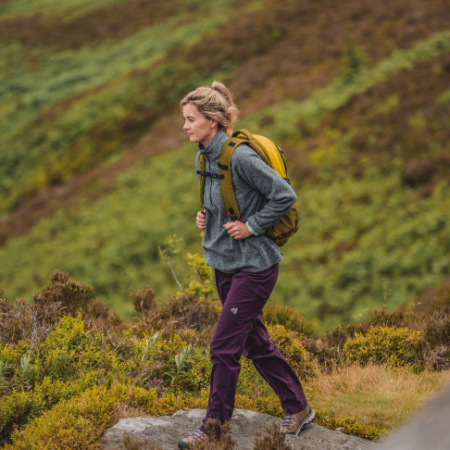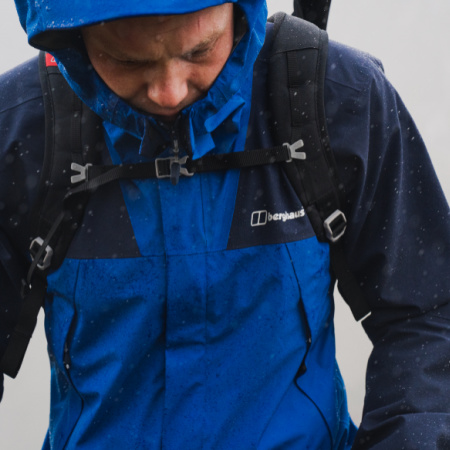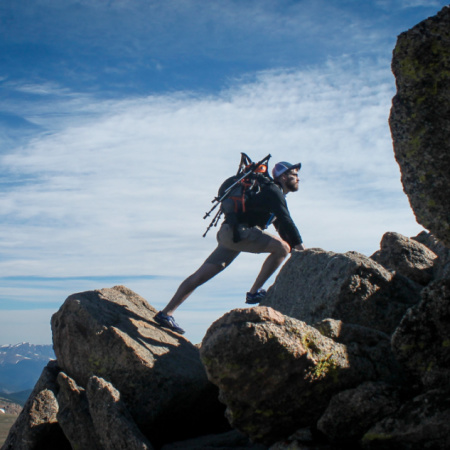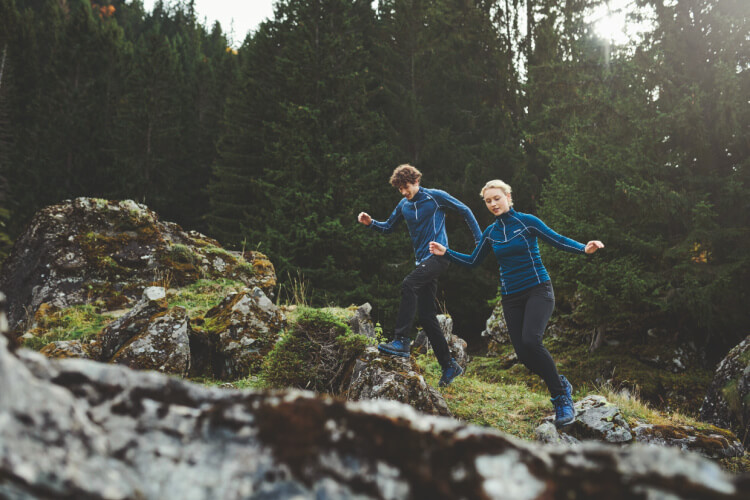Do base layers retain an unpleasant odour?
It’ll depend on the material you go for. For example, if you purchase polyester base layers, they can (potentially) retain a little odour after a while. This is very normal, and all you’ll need to do is throw it in the wash when you’re back from your outdoor adventure.
Wool base layers, on the other hand, are known to be better at not retaining any odour from sweat. You’ll likely be able to get at least a few days out of base layers made from wool before noticing any unpleasant smells. That’s why they tend to be priced slightly higher than their polyester counterparts.
So, in other words, synthetic materials such as polyester are very effective, however, some will be absorbed and start to smell when dry. Wool base layers won’t have this problem as quickly, but they tend to be priced higher. So, if you’re not wanting to spend extra if you can avoid it, simply wash on a 40-degree cycle when you get home, and you’ll be good to go again!
Which types of base layers do I need?
This will entirely depend on the time of year and personal preference.
For example, in winter, it’s super important to ensure you’re layered up, starting with a t-shirt or long-sleeve base layer. In addition, if it’s very cold, leggings under your trousers will never go amiss.
Next comes a fleece (as a mid-layer) and then a windproof/waterproof jacket on top. If you find yourself in cold and blustery weather, we recommend wearing two base layers to really trap your body heat. Trust us, it’ll make the world of difference to your performance and overall experience.
Throughout the summer months, a simple base layer with a light fleece or jacket that can be packed away may be all you need, depending on where you go.
On hot and humid days, a base layer on its own is ideal for walking, hiking and climbing as it’s so light and helps to keep you cool. Another benefit of lightweight base layers is that they take up hardly any space.


